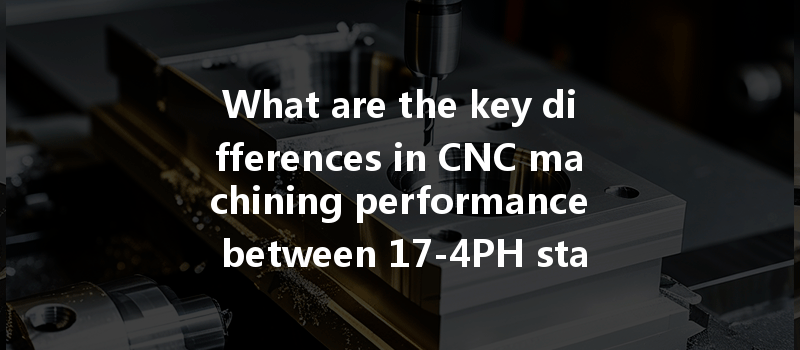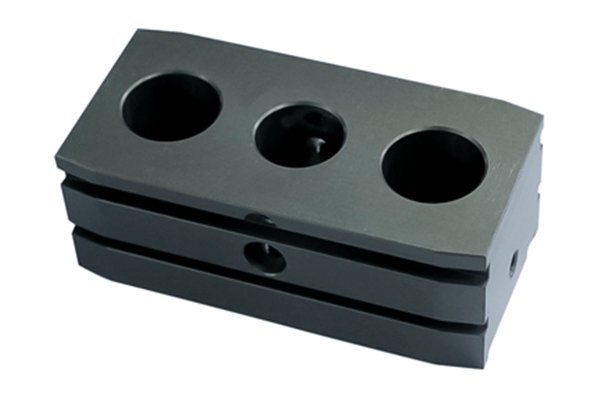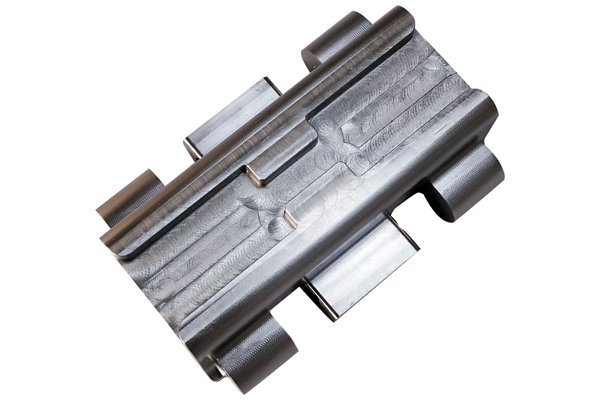Did you know that stainless steel is one of the most widely used materials in the manufacturing industry, accounting for over 70% of the metals used in various applications globally? This widespread use stems not only from its inherent properties, such as corrosion resistance and durability, but also its machinability. Among the various grades of stainless steel, two of the most frequently encountered in CNC (Computer Numerical Control) machining are 17-4PH and 304 stainless steel. But how do these two grades stack up against each other in terms of CNC machining performance? In this comprehensive blog, we will explore the key differences in performance, properties, and applications of 17-4PH and 304 stainless steel in the world of CNC machining.
Understanding Stainless Steel Grades: A Quick Overview
Before diving into the specifics of 17-4PH and 304 stainless steels, it’s crucial to understand what the numbers and letters associated with stainless steel grades signify. Stainless steel is categorized by its composition and microstructure, which influences its mechanical properties, corrosion resistance, and workability.
304 Stainless Steel: This is austenitic stainless steel, primarily composed of chromium (18-20%) and nickel (8-10.5%). It is renowned for its excellent corrosion resistance and good weldability. Its ductility and formability make it suitable for various applications, from kitchen equipment to chemical storage.
17-4PH Stainless Steel: Also known as 17-4 precipitation-hardened stainless steel, it contains approximately 15% nickel, 4% copper, and 4% chromium. The distinctive structure allows it to experience higher yield strength and hardness when heat-treated, leading to impressive mechanical properties, which makes it ideal for high-performance applications.
The Importance of Choosing the Right Stainless Steel Grade for CNC Machining
When selecting materials for CNC machining projects, the choice of stainless steel grade is pivotal, as it dictates the machining parameters and potential outcomes of your production. Using the wrong type can lead to inefficient machining, increased costs, or even project failure. Thus, understanding the performance differences between various stainless steel grades empowers manufacturers to optimize their processes, reduce waste, and improve product quality.
Key Differences in CNC Machining Performance
304 Stainless Steel:
17-4PH Stainless Steel:
304 Stainless Steel:
17-4PH Stainless Steel:
304 Stainless Steel:
17-4PH Stainless Steel:
304 Stainless Steel:

17-4PH Stainless Steel:
304 Stainless Steel:
17-4PH Stainless Steel:
304 Stainless Steel:
17-4PH Stainless Steel:
Applications of 17-4PH and 304 Stainless Steel
Understanding the applications of each stainless steel type can help determine which material is more fitting for specific CNC machining projects.
304 Stainless Steel Applications
17-4PH Stainless Steel Applications
In the intricate world of CNC machining, understanding the differences between materials can have a significant impact on the overall success of a project. 17-4PH and 304 stainless steel each possess unique characteristics that make them suitable for particular applications, but they also present distinct machining challenges.
In summary, if machinability and cost-effectiveness are top priorities, 304 stainless steel may be the ideal choice. If high strength, temperature resistance, and performance are paramount, 17-4PH stainless steel could be the better option despite the higher costs and tougher machining conditions.
For manufacturers, choosing the right stainless steel grade isn’t just about material selection; it’s about optimizing production capabilities, reducing costs, and ultimately delivering quality products to clients. By understanding and leveraging the differences in performance between these two types of stainless steel, companies can significantly enhance their CNC machining processes and project success.
In closing, it is crucial for industry stakeholders to reflect on these insights when planning production processes. Doing so will ensure not only enhanced operational efficiency but also the delivery of high-quality end products that meet both client and regulatory demands. As with most engineering decisions, understanding the nuances of material choices can be the key to unlocking innovation and achieving excellence in CNC machining.






